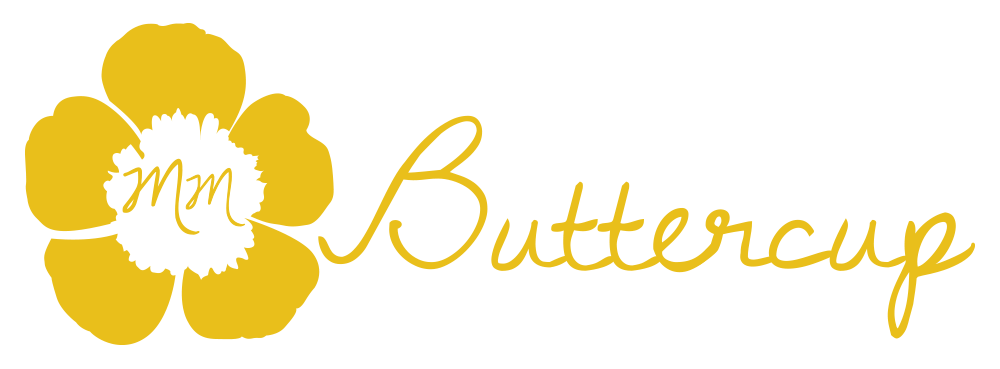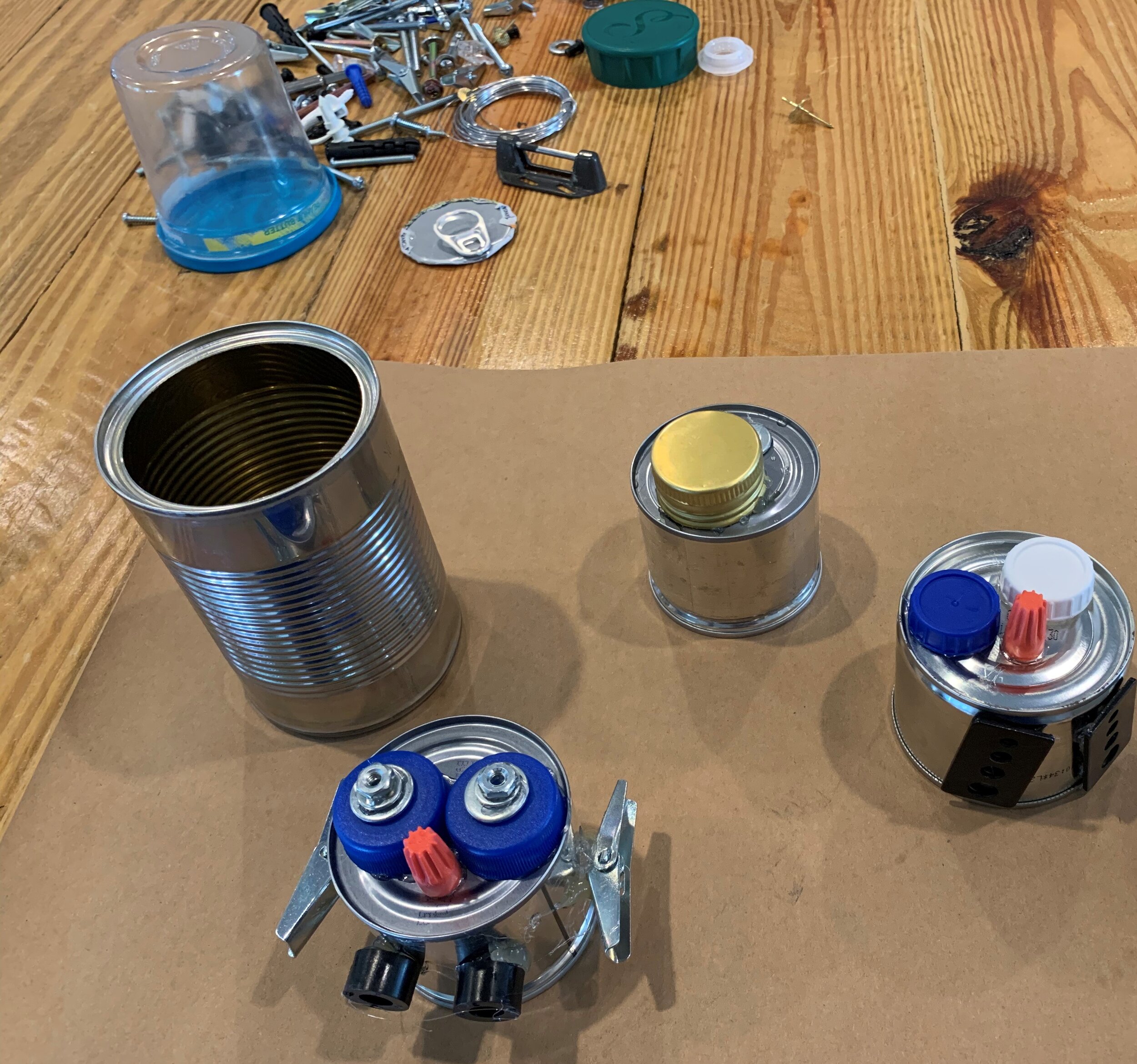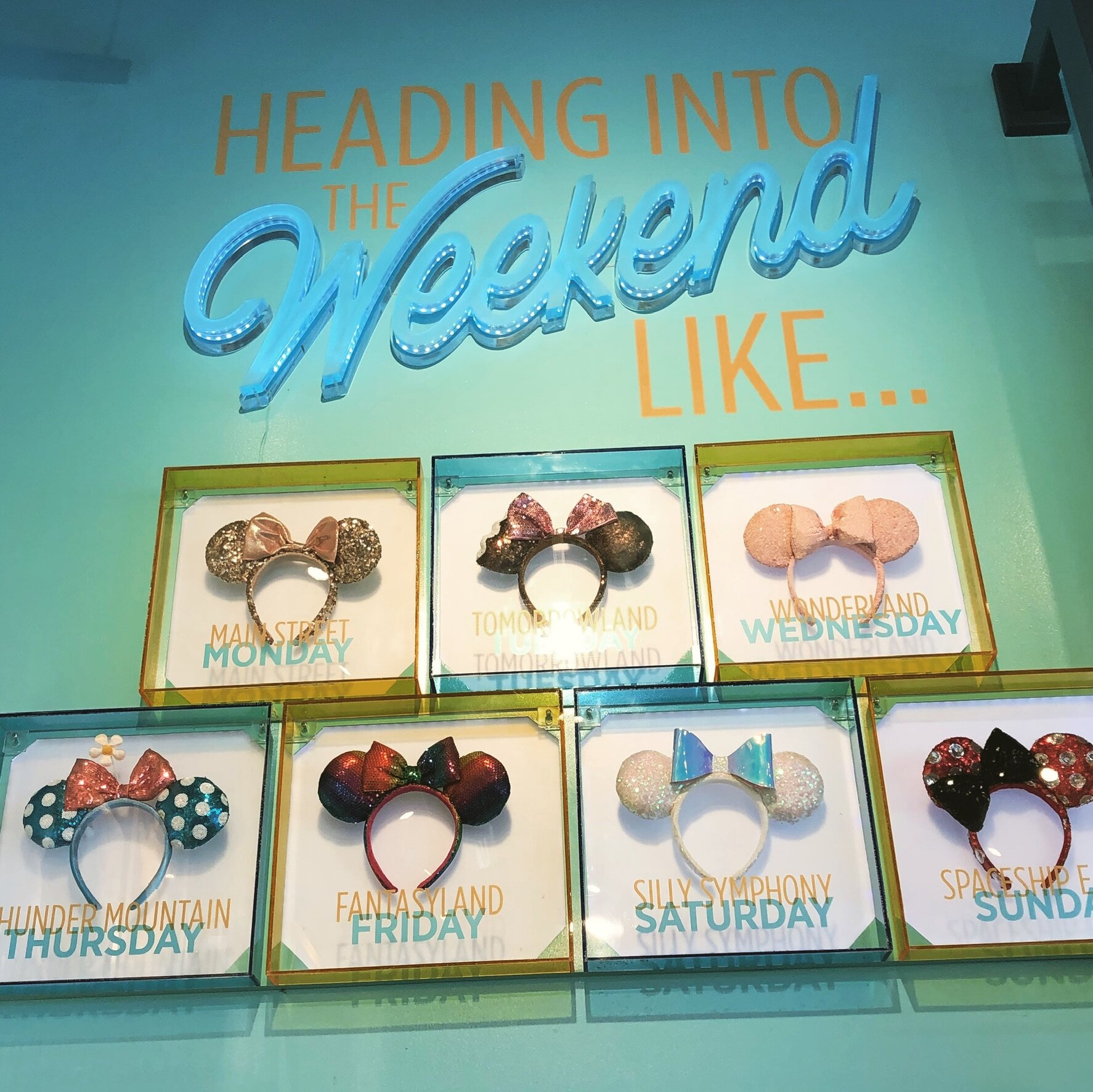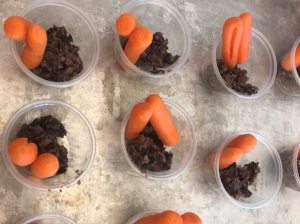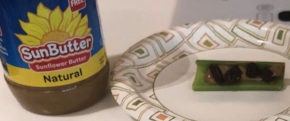If we are celebrating, I make lasagna.
If someone is sick in my family, I make pastina with broth.
If it is a regular Tuesday, I fill a pot of water and while it’s boiling I explore the pantry to see what kind of pasta mood I happen to be in that moment.
What’s not to love about pasta? Even dogs seem to love pasta. Remember the scene from the Disney classic, “Lady and the Tramp” where the two dogs are glowing in candlelight from an old bottle of Chianti with breadsticks on the table and eating spaghetti. In the 1955 animated movie, the song “Bella Notte” (Beautiful Night) is playing while the dogs eat out of a single bowl of pasta. As the music fades, the pooches share a single strand of spaghetti that ends in a kiss.
A spaghetti kiss.
Another kind of kiss is the chef’s kiss. Showing delight for food can result in bringing five closed fingers to mouth and puckering up. Sfoglina Maria taught us to make pasta by hand in the traditional method of people from Emilia-Romagna. Her northern Italian kitchen is situated on a 5th generation family farm where the iconic regional cheese, Parmigiano Reggiano, is produced. Here is where magic happens in her pasta classroom. I’ve taken her pasta course multiple times. Every time I learn something new. She deserves a chef’s kiss for teaching.
Teacher of pasta and Sfoglina, Maria, teaching how to use simple tools like hands and knife to create all these different shapes of pasta. You can use a pasta cutter wheel too if you are feeling fancy.
This is my go-to pasta shape for when I’m in a cheerful mood nella cucina.
Maria showing us how to make toretellini and tortelloni. The belly button of the goddess Venus is said to be the inspriation for this pasta shape from Emilia-Romagana.
Farfalle/butterflies.
I graduated from pasta school!
Another pasta teacher of mine was my Nonna. When I was a child growing up ten minutes from her house, I would watch my Nonna Amalia cook in her sunshine soaked kitchen. It always smelled like mouthwatering food in her home. Here is where I first learned to make pasta from scratch in her tradition from southern Italy. It is slightly different from what I learned at the cookery in Emilia-Romagna. Shapes of the pasta were slightly different in Nonna’s southern style. Ingredients were slightly different. Preparation of the pasta was slightly different in her cucina. The sauce could be dramatically different in southern pasta dishes. A gesture for showing approval of food in Italy is where you point your index finger to your cheek and use a twisting motion while saying the word, “Buono” for yummy or good. Baci (kisses) for Nonna. Molto buono!
If you love fresh pasta…
Sfoglina Maria and my Nonna Amalia showed their love through cooking and teaching. Whether it is pasta or other dishes, cooking for a family is an ongoing consideration for parents occurring daily with almost no days off. Family routines may include preparing meals together. Parents try to balance making things their children will like to eat, as well as nutritional benefits of food they provide for their family.
In her book “Ingredienti,” Marcella Hazen (2016) devotes a section to how she fell in love with ingredients. She shares how to design a pantry for pasta and other recipes. Creating the conditions for family cooking starts with shopping at the market for the ingredients. Like Maria and Nonna Amalia, Marcella advises using fresh and high quality ingredients. Make room in the pantry for good ingredients.
Maybe the recipe is simple. Add good things plus a generous portion of amore.
P.S. Don’t forget the kisses.
To the table, everyone. Tutti a tavola.
Source: Hazen, M., & Hazen, V. (2016). Ingredienti: Marcella's guide to the market. New York: Scribner.
